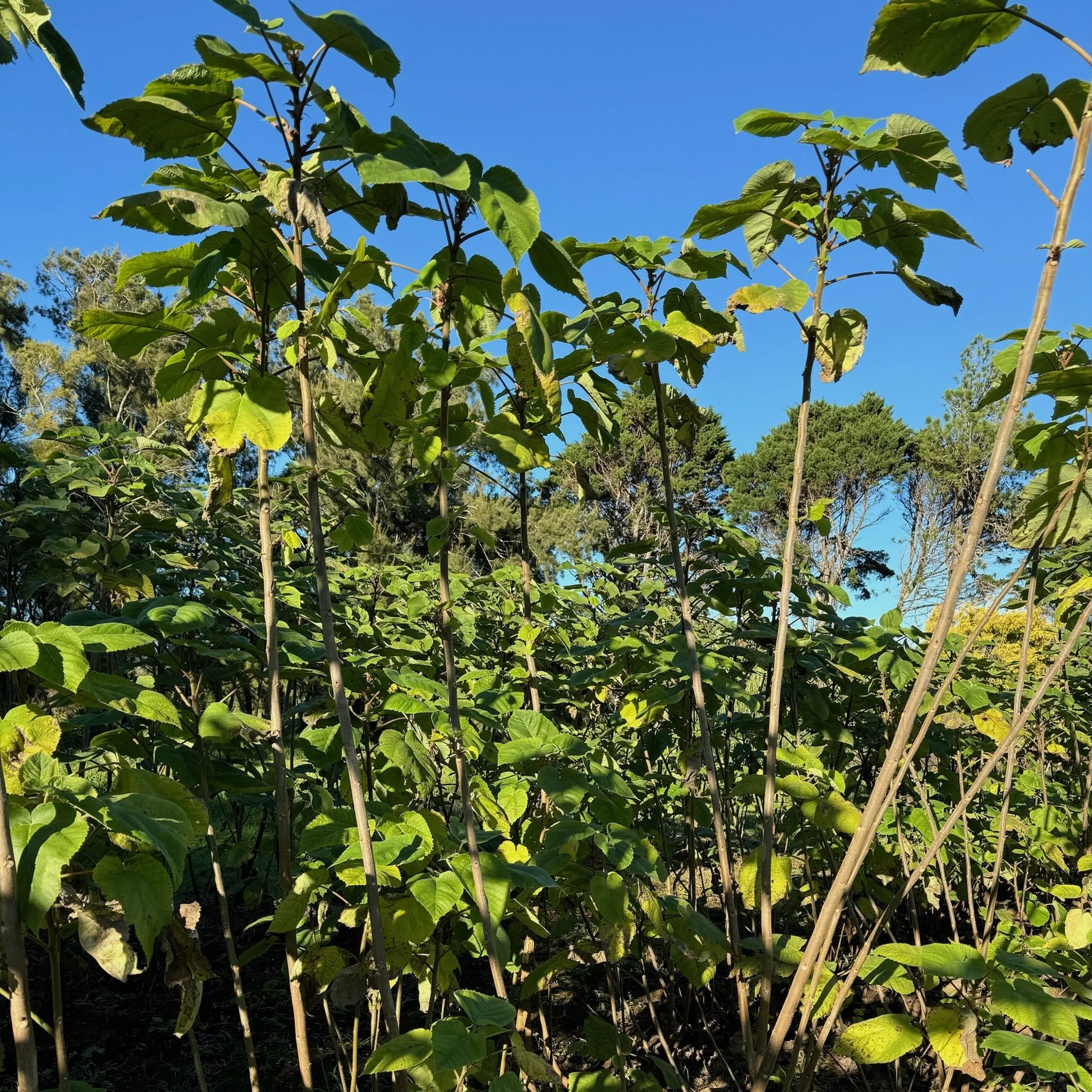
My journey with kapa unites my passion for Hawaiian barkcloth with Korean craft techniques.
Fusion of Art & Culture
A chance encounter with kapa, Hawaiian barkcloth, at an art tour in Hawai’i Island in May 2021 led to a visit with master kapa maker and artist, Roen Hufford, and her kapa hui (group). The tactile nature of the kapa making process, the familiarity with the source material (the inner bark of the paper mulberry tree) and the similarity in the methods with joomchi, a traditional Korean paper making technique that I use to make art, all sparked my interest in studying the traditional Hawaiian art and craft of kapa.
In Jan 2022, I decided to move to Hawai’i Island for the year to immerse myself in an intensive study of kapa making. The sense of connection and belonging that I felt at the weekly gathering of kapa makers at Honopua Farm, where my kumu (teacher) Roen has her studio, grows wauke (paper mulberry) and teaches and practices the craft was critical in making this decision. It has been quite a ride and I feel blessed to be on it.
-

Wauke, fiber source for kapa
Wauke (Broussonetia papyrifera, or paper mulberry) is the primary and sustainable fiber used for kapa.
-

Tools for Processing Kapa
I learned from wonderful teachers how to make and use various traditional Hawai’ian tools to process kapa.
-

Natural Dyes
While in Hawaii, I learned to forage and prepare natural dye materials for adding color to kapa.
-

Painting and Stamping Kapa
Kapa can be decorated with brushes and stamps, many of which I learned to carve or make.